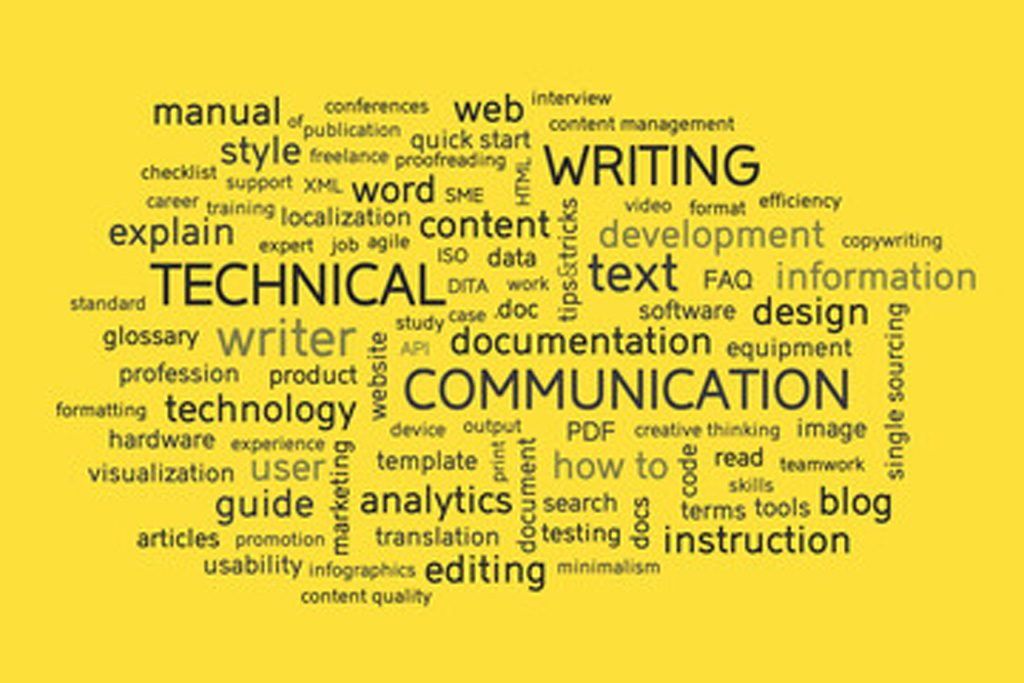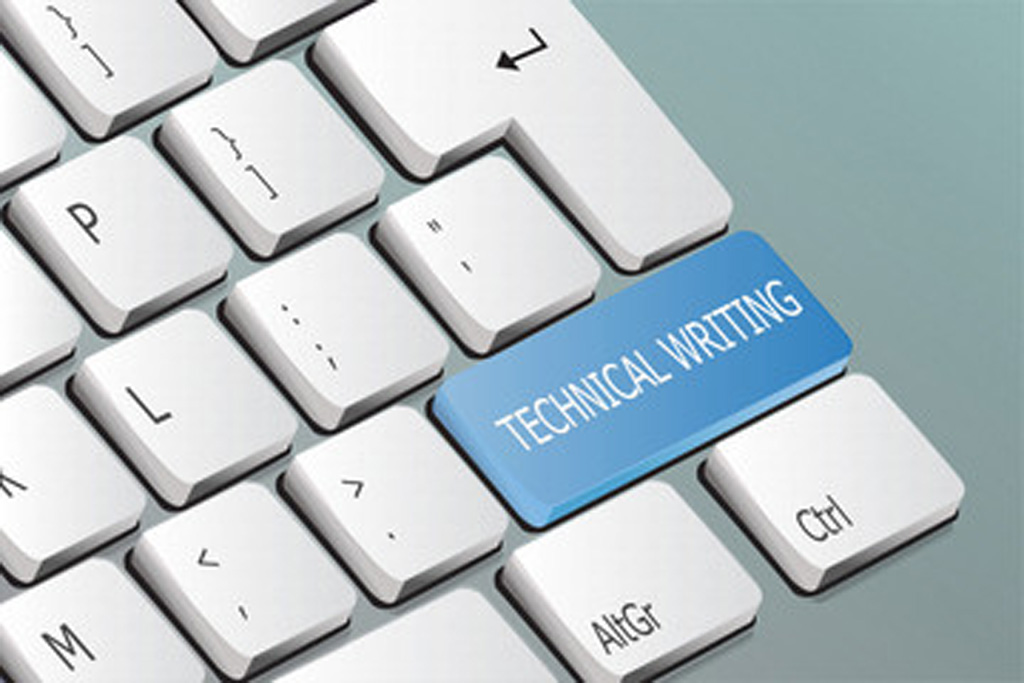Technical writing is a highly sought-after skill in today’s job market, with companies across industries recognizing the importance of clear and effective communication. As technology continues to advance and become more complex, the demand for technical writers who can effectively communicate this information is higher than ever before. From software documentation to user manuals, technical writers play a crucial role in translating complex information into clear and concise content.
A freelance technical writer is someone who specializes in simplifying complicated and technical papers for a particular target audience. They have to be able to comprehend difficult ideas and understandably convey them while making sure the writing is precise and free of errors.
However, mastering the art of technical writing is no easy task. It requires not only a deep understanding of the subject matter but also the ability to structure information in a logical and organized manner. Whether you are a seasoned technical writer looking to enhance your skills or a newcomer wanting to break into the field, this blog will provide you with expert tips and tricks to master the art of technical writing.

Understanding The Importance of Technical Writing.
Technical writing plays a crucial role in today’s highly complex and specialized industries. It involves the creation of clear and concise documentation that effectively communicates technical information to a specific audience. Whether it’s user manuals, operating procedures, or technical reports, the importance of technical writing cannot be underestimated.
One of the key reasons why technical writing is important is that it ensures the accurate and consistent transmission of technical knowledge. In industries such as engineering, medicine, or information technology, the accuracy of information is paramount. Technical writing ensures that complex concepts and procedures are conveyed precisely, minimizing the risk of misinterpretation or error.
Another significant aspect of technical writing is its role in promoting safety. In industries where human lives or well-being are at stake, clear and comprehensive instructions are essential. Technical documents provide step-by-step guidance on how to operate machinery, handle hazardous materials, or perform critical tasks. Accurate technical writing can prevent accidents, reduce errors, and ultimately save lives.
Furthermore, technical writing contributes to the efficiency and productivity of an organization. Effective documentation allows employees to access relevant information quickly, reducing the time spent searching for answers or troubleshooting. This can enhance overall efficiency, save time and resources, and improve work processes.
Technical writing is also crucial for compliance and regulatory purposes. Many industries are subject to strict regulations and standards that require accurate and up-to-date documentation. Technical writers ensure that companies remain compliant by creating documents that adhere to industry guidelines and legal requirements.
Developing a Strong Foundation in Technical Knowledge.
To excel in the field of technical writing, it is essential to have a strong foundation in technical knowledge. Technical writers are responsible for creating documents that explain complex concepts, procedures, and products in a way that is easily understandable to their audience. Having a deep understanding of the subject matter is crucial in order to effectively communicate and convey information accurately.
One of the first steps in developing a strong foundation in technical knowledge is to thoroughly research and understand the subject you will be writing about. This involves reading technical manuals, consulting experts in the field, and conducting in-depth interviews with stakeholders. By immersing yourself in the subject matter, you will gain a comprehensive understanding of the topic and be better equipped to write about it.
Another important aspect of developing technical knowledge is staying up to date with the latest industry trends and advancements. Technology is constantly evolving, and it is essential for technical writers to stay current with the latest tools, techniques, and developments in their field. This can be achieved through attending industry conferences, participating in webinars, and networking with other professionals in the field.
Additionally, it is important to enhance your technical knowledge by continuously learning and expanding your skillset. This can be done through enrolling in relevant courses, obtaining certifications, and participating in online forums and communities. By actively seeking out opportunities to learn and grow in your technical knowledge, you will be better equipped to write about complex subjects and provide valuable insights to your audience.
Lastly, seeking feedback and constructive criticism is crucial in developing a strong foundation in technical knowledge. By sharing your work with colleagues, mentors, and subject matter experts, you can gain valuable insights and improve your understanding of the subject matter. Actively seeking feedback allows you to identify areas for improvement and refine your technical knowledge.

Honing Your Writing Skills for Technical Content.
To excel in creating technical content, it is crucial to hone your writing skills. Technical content requires a unique set of writing abilities to effectively convey complex information clearly and concisely. Whether you are writing user manuals, instructional guides, or technical reports, developing and refining these skills will greatly enhance your ability to communicate with your audience.
First and foremost, it is important to have a deep understanding of the subject matter. This involves conducting thorough research and staying up-to-date with the latest developments in your field. By having a solid understanding of the topic at hand, you will be better equipped to explain intricate concepts to your readers.
Next, focus on organizing your content in a logical and structured manner. Technical writing demands a clear and systematic approach to effectively guide readers through the material. Consider using headings, subheadings, and bullet points to break up information and make it more digestible. Additionally, use appropriate formatting and layout to enhance readability.
An essential skill is also to develop the ability to write clearly and concisely. Technical content should be free of jargon, acronyms, and complex language that may confuse readers. Aim for simplicity without oversimplifying important details. Use precise language to convey information accurately and effectively.
The use of visual aids such as diagrams, charts, and illustrations can greatly enhance the understanding of technical content. These visuals can help readers grasp complex concepts more easily and provide a visual representation of the information being presented. By honing your writing skills for technical content, you will become a more effective communicator and create content that is informative, engaging, and accessible to your audience.
Organizing and Structuring Your Technical Writing Effectively.
Effective organization and structure are critical elements of technical writing. When delivering complex information, it is essential to present it logically and coherently so that it is easily understandable for the intended audience. By following a few key guidelines, you can ensure that your technical writing is organized and structured effectively.
First and foremost, it is important to start with a clear and concise introduction that provides an overview of the topic and sets the context for the information to follow. This will help your readers understand the purpose of the document and what they can expect to learn from it.
After the introduction, it is necessary to arrange the main body of your technical writing logically and sequentially. Group related information together and use headings and subheadings to break down the content into smaller, more manageable sections. This helps readers navigate through the document and locate specific information quickly. Within each section, use clear and concise language to convey your message effectively.
Avoid unnecessary jargon or technical terms that may confuse your readers. Instead, explain complex concepts in a straightforward manner, using examples or visual aids where relevant. This will make it easier for your audience to understand and digest the information.
In addition to organization and clarity, technical writing should also include cross-references or hyperlinks to related information. This allows readers to explore additional resources or delve deeper into specific topics if they wish to do so. It also enhances the overall user experience and promotes a thorough understanding of the subject matter.
Incorporating Visual Aids and Diagrams to Enhance Understanding.
Visual aids and diagrams have the power to simplify complex concepts, illustrate processes, and provide visual representations of data. They can help break down complex ideas into easily digestible components, making it easier for readers to absorb and retain the information. When incorporating visual aids and diagrams into your technical writing, it is important to consider the following:
- Choose the right type of visual aid: Consider the information you are trying to convey and select the appropriate type of visual aid. This could include flowcharts, graphs, tables, diagrams, photographs, or illustrations.
- Keep it simple and clear: The purpose of incorporating visuals is to enhance understanding, so make sure they are clear and easy to comprehend. Avoid clutter and unnecessary details that may confuse your readers.
- Use consistent formatting: Create a consistent visual style throughout your document to maintain a professional and polished appearance. Choose fonts, colors, and shapes that align with your company’s branding or style guidelines.
- Capture attention with effective titles and captions: In addition to the visual aid itself, titles and captions play a crucial role in guiding readers’ attention and understanding. Use concise and descriptive titles and captions to provide context and explain the significance of the visual aid.
- Integrate visual aids seamlessly: Place visuals strategically within the text to enhance your message flow. Refer to them in the body of your writing and provide clear explanations to ensure readers understand their relevance.
- Consider accessibility: Ensure that your visual aids are accessible to all readers, including those with visual impairments. Provide alternative text descriptions or captions for screen readers and consider using high contrast colors for easy readability.
By incorporating visual aids and diagrams into your technical writing, you can greatly enhance the understanding and accessibility of your content. Remember to choose the right type of visual aid, keep it simple and clear, use consistent formatting, provide effective titles and captions, seamlessly integrate visuals into your writing, and consider accessibility requirements.
.

Collaborating and Seeking Feedback From Subject Matter Experts.
In the world of technical writing, it is crucial to collaborate with subject matter experts (SMEs) and seek their feedback to ensure accuracy and clarity in your writing. SMEs have in-depth knowledge and expertise in a particular field, which makes them invaluable resources when it comes to creating technical documentation.
When starting a project, identify the SMEs who are the most knowledgeable and experienced in the specific subject area you are writing about. This could be engineers, developers, or other professionals who have a deep understanding of the technical aspects involved. Reach out to them and explain the purpose of your project and how their input and collaboration will greatly benefit the final output.
During the collaboration process, engage with the SMEs through regular meetings or brainstorming sessions. This allows you to gather their insights, clarify any complex concepts, and ensure that the technical information you are presenting is accurate. Be open to their suggestions and actively listen to their feedback. Remember, they are the experts, and their input will greatly enhance the quality and credibility of your writing.
When sharing draft versions of your technical document, encourage the SMEs to review and provide feedback. Ask specific questions about clarity, completeness, and accuracy in relation to their area of expertise. This feedback loop will help you identify any gaps or misunderstandings in your writing and enable you to make necessary revisions or additions.
While collaborating with SMEs, it is vital to establish clear communication channels and maintain professional relationships. Respect their time and expertise by staying organized and prepared for meetings. Keep in mind that your goal is to extract essential information and knowledge from the SMEs, so make the most of their expertise while being mindful of their busy schedules.
Meeting The Demands of Different Audiences and Industries.
When it comes to technical writing, meeting the demands of different audiences and industries is crucial for success. While technical writing is often associated with highly specialized fields such as engineering or software development, the need for clear and concise communication extends to a wide range of industries.
One of the first steps in meeting different audiences’ and industries’ demands is to understand who your readers are and what their specific needs and expectations are. Are you writing for experts in the field who already have a deep understanding of the subject matter, or are you targeting a more general audience that may not have as much technical knowledge? This will greatly impact the tone, level of detail, and use of technical jargon in your writing.
In addition to understanding your audience, it’s important to research and familiarize yourself with the specific terminology, conventions, and industry standards of the field you are writing for. Different industries have different requirements and expectations when it comes to technical documentation, so it’s important to tailor your writing to meet those needs.
Another key aspect of meeting the demands of different audiences and industries in technical writing is to adapt your writing style and tone accordingly. For example, if you’re writing for a highly technical audience, you may want to use more specialized language and go into greater detail. On the other hand, if you’re writing for a non-technical audience, you may need to simplify concepts and avoid jargon.
It’s also worth noting that different industries may have specific regulations or guidelines that need to be followed in technical writing. This could include document structure, formatting requirements, or even legal considerations. Familiarizing yourself with these regulations and guidelines is essential to ensure compliance and maintain the credibility of your writing.

Maintaining Professionalism and Meeting Deadlines as a Freelance Technical Writer.
Maintaining professionalism and meeting deadlines are essential skills for any freelance technical writer. As a freelancer, you are responsible for managing your own schedule and ensuring that your work is completed on time and to a high standard. In this section, we will discuss some strategies and tips to help you maintain professionalism and meet your deadlines as a freelance technical writer.
First and foremost, it is crucial to establish clear expectations with your clients from the beginning. This includes discussing deadlines, project scope, and any specific requirements or deliverables. By setting clear expectations upfront, you can avoid any misunderstandings or miscommunications that could lead to missed deadlines.
Another important aspect of maintaining professionalism is effective communication. Regularly updating your clients on the progress of their project, asking for clarification when needed, and promptly responding to any questions or concerns they may have, all demonstrate your commitment to delivering quality work within the agreed-upon timeframe.
To help you stay organized and meet your deadlines, consider using project management tools or software. These tools can help you keep track of your tasks, set reminders, and prioritize your work. Breaking down larger projects into smaller, more manageable tasks can also make it easier to stay on track and meet your deadlines.
Time management skills are also crucial for a freelance technical writer. It’s important to create a schedule or routine that works for you, allowing you to allocate dedicated time for your writing projects. Eliminating distractions, setting realistic goals, and prioritizing your work based on deadlines can all contribute to your productivity and help you meet your deadlines consistently.
Conclusion: Embracing The Art of Technical Writing for Freelance Success.
As we wrap up this guide on embracing the art of technical writing for freelance success, it is clear that mastering this skill is essential for anyone looking to thrive in the world of freelancing. Technical writing not only opens up a wide range of opportunities but also allows freelancers to deliver high-quality content that meets the specific needs of clients.
Throughout this guide, we have highlighted the key principles and strategies that can help you elevate your technical writing game. We discussed the importance of understanding your target audience, conducting thorough research, and maintaining a clear and concise writing style. We also touched on the significance of effective communication with clients and continuous professional development.
By consistently applying these principles, embracing new technologies, and staying updated with industry trends, you can establish yourself as a trusted and sought-after technical writer. Remember, freelancing success is not just about providing excellent written material but also about building strong relationships with clients and delivering exceptional customer service.
As you embark on your freelance journey, always strive to exceed expectations, adapt to new challenges, and refine your skills. Embrace the ever-evolving nature of technical writing, and never shy away from seeking feedback and learning opportunities. The more you invest in honing your craft, the more lucrative and fulfilling your freelancing career will become.
In conclusion, technical writing is an art that requires dedication, skill, and a deep understanding of your target audience. By mastering the principles and strategies discussed in this guide, you can position yourself as a valuable asset to clients and achieve freelance success. Embrace the art of technical writing, and let your words pave the way to a prosperous career.
